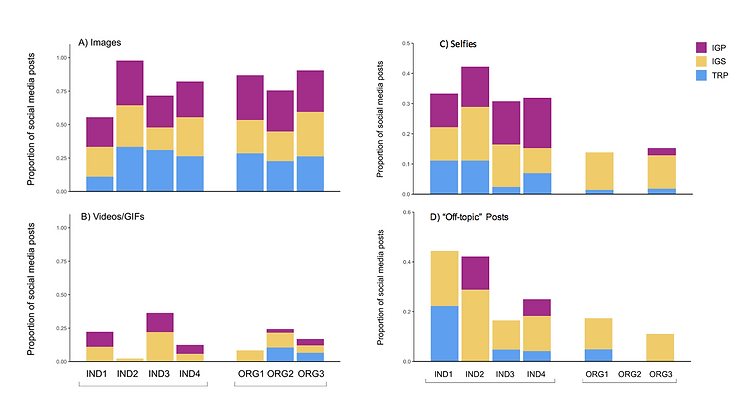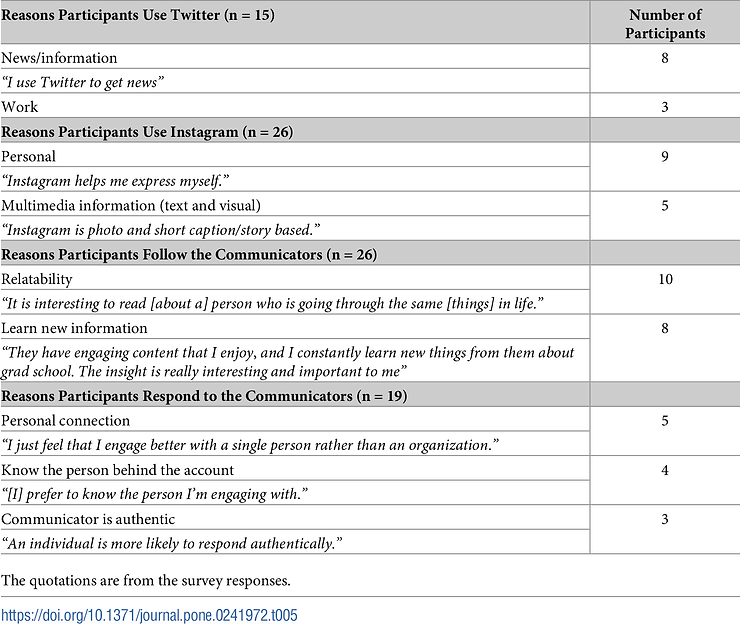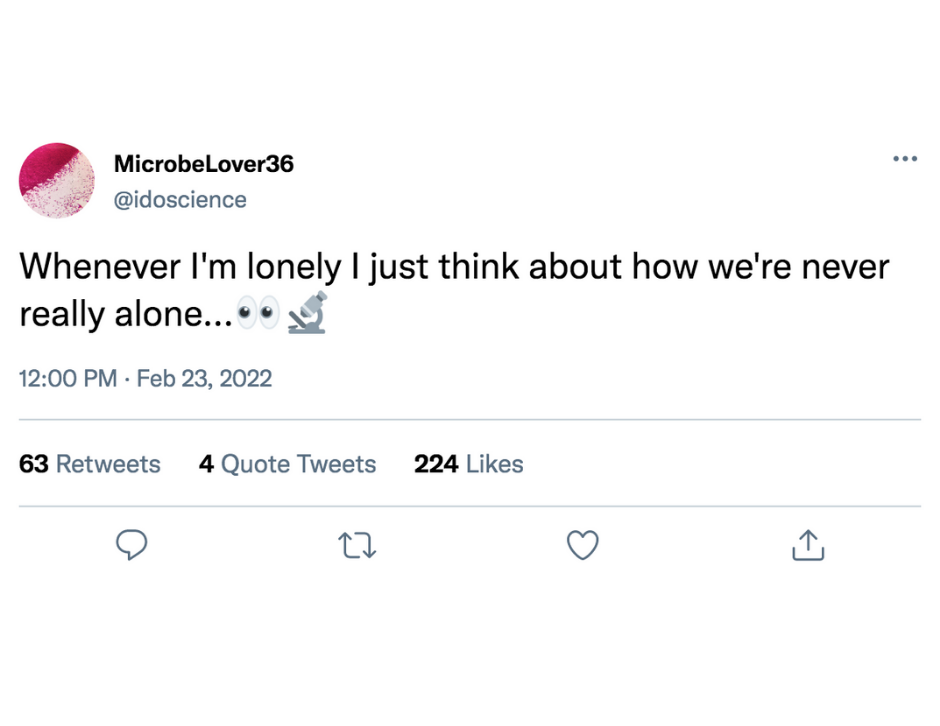Tweets, Selfies, and GIFs: Bridging the Gap between Science Communicators and their Audiences
Title: Using Interpersonal Communication Strategies to Encourage Science Conversations on Social Media
Author(s) and Year: Curtis Martin and Bertrum H. MacDonald; Published in 2020.
Journal: PLOS one (open access)
| TL;DR: Interpersonal communication strategies may serve as a powerful tool for science communicators to both effectively share scientific information as well as foster audience engagement. Why I chose this paper: As an avid social media user, it never ceases to amaze me how science communicators these days find such creative ways to educate their audiences. I thought it would be fun, for once, to deviate from my own brainless consumption of social media and analyze what it is exactly that contributes to successful science communication over social media. |
The Takeaway
The golden age of social media has given consumers unprecedented access to digestible and bite-sized knowledge. Many science communicators have taken advantage of the plethora of available platforms, using them to spread awareness and share scientific information with the greater public. But now, more than ever, the ability to foster constructive conversations over social media presents a challenge for science communication.
To encourage future two-way conversations between science communicators and their general audiences, the authors of this paper asked, “what are the emergent communication strategies employed by various social media science communicators to effectively engage their audiences?” Triangulating the data collected from Instagram and Twitter posts, interviews, and audience members surveys, the authors found that interpersonal communication strategies were the most commonly employed by communicators to encourage conversational engagement over social media. In particular, the strategies in question encompassed the use of captivating images and videos in posts (in particular selfies), the inclusion of non-science content, and the establishment of communicator-audience relationships.
The Details
As human activities negatively impact the Earth’s environment – from driving species to extinction to creating a global climate emergency – science literacy in the general public becomes a significant goal to strive towards. In the past decade, social media has become an essential tool for science literacy. Not only is social media a main information source for the public, it serves as a platform that allows for a two-way exchange with individuals of the audience. However, empirical research on the relationship of science communicators and their audience indicate that many communicators struggle to encourage fruitful conversations over social media, in particular with individuals exposed to this type of information for the first time.
Study Objectives and Methodology
The study in question investigated science communication engagement to:
- identify emergent communication strategies and resulting audience engagement;
- gain insight into certain preferred practices by science communicators; and
- establish the reasons audience members participate in social media conversations with science communicators.
To address the above research questions, the authors analyzed the scientific and policy content of and the audience response (measured through comments) the Twitter and Instagram accounts of four science communicators and three environmental non-governmental organizations (eNGOs).
The authors collected four weeks of Twitter and Instagram data, from July 30 to August 26, posted by the seven communicators. Data were organized based on their original content, comments, and handles, as well as names and reply types (i.e., a response from the original communicator vs. a secondary user) where applicable. Additionally, the authors conducted interviews with both the individual and eNGO communicators to determine the social media strategies employed by each group.
Main Findings
All seven communicators prioritized interpersonal strategies into their social media posts and interactions to establish important communicator-audience relationships. Interviews with the communicators revealed that it was important to humanize their social media activity, accomplished by the use of captivating images and videos in posts (Fig 1A, 1B), such as selfies (Fig 1C), and the inclusion of non-science (off-topic) content (Fig 1D). In particular, eNGOs use these tactics to not only make content fun and interactive, mixing important information with humor, but also to balance “heavier” educational/scientific content with “lighter” topics. The study found that use of these interpersonal strategies built trust and encouraged engagement between science communicators and audiences, exemplifying scientists to be more than just non-approachable knowledge experts.

Additionally, a survey of the science communicators’ collective audience revealed that users engaged with the communicators’ social media content because of a sense of personal connection with and perceived authenticity of their respective science communicator (Table 1).

The Impact
This study contributes to the characteristics of successful online science communication and highlights factors, for example, one’s personal connection with and perceived authenticity of a science communicator, that contribute to the engagement of audiences and fostering constructive conversations on social media. This is in contrast to more traditional science communication practices which often discourage direct conversation between communicators and their audience. For example, peer-reviewed articles can be very scientific and difficult to understand, and are frequently hidden behind paywalls. While the science communicators analyzed for this paper were few in number, the interpersonal strategies observed to promote conversation with audiences can apply not only to Twitter and Instagram, but also to a diverse number of other social media platforms. These strategies can be used to further promote scientific literacy and improve scientific knowledge in the general public.
Written by Iris Du
Edited by Teodora Stoica and Stephanie Deppe.
Figures used under CC BY 4.0

